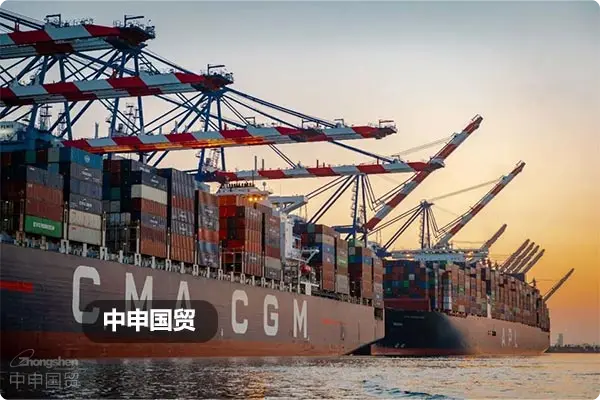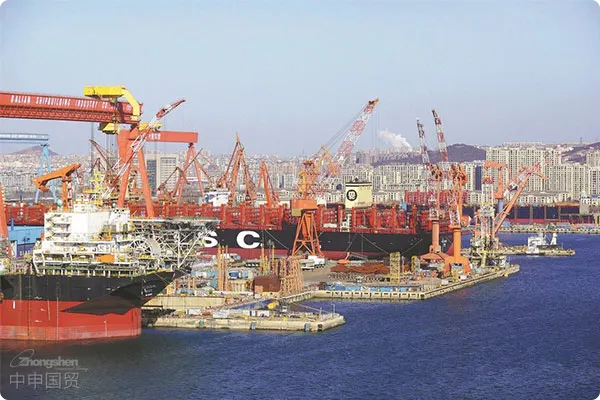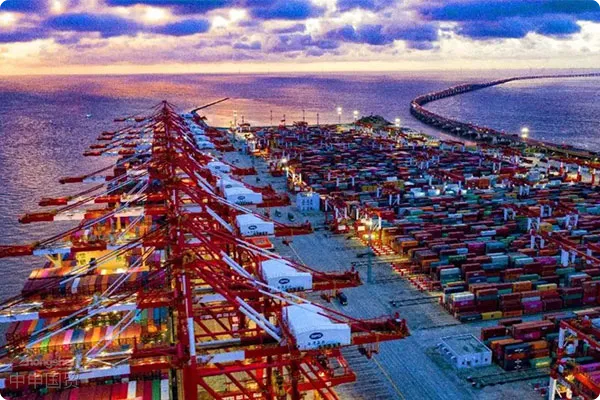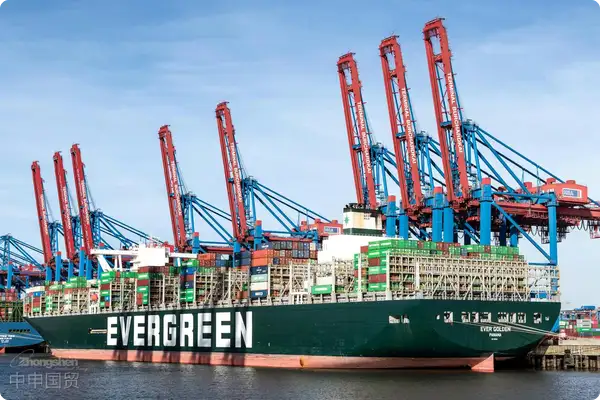- Shanghai Zhongshen International Trade Co., Ltd. - Two decades of trade agency expertise.
- Service Hotline: 139 1787 2118

EquipmentImport Clearancethree hidden traps
The latest 2025 statistics from the General Administration of Customs show that the clearance delay rate for mechanical/electrical equipment products has increased by 17% year-on-year, with 74% of problems originating from enterprises clearance strategy errors. In a laser cutting machine import case, a manufacturer incurred 43 days of port detention due to HS code misdeclaration, resulting in additional costs reaching 12% of the cargo value. Current equipment clearance mainly faces:
- Technical parameter barriers: Differences between EU CE certification and domestic CCC certification standards
- Tariff inversion risk: The provisional tax rate for some automation equipment in 2025 has been adjusted to 8.3%
- Logistics nesting difficulties: Oversized equipment transportation must simultaneously meetMaritime Transportationlashing and land transport height limit requirements
Five-dimensional screening system for high-quality agency services
By comparing service data from 20 agency companies in the Yangtze River Delta region, it was found that top service providers are on average 38% faster in clearance time. Selection should focus on:
- Customs team composition
- Proportion of licensed customs declarers ≥60%
- Experience in serving AEO-certified enterprises
- Emergency Handling Capability
- Inspection exception response time < 2 hours
- Coverage of local customs relationship network
- Fee structure transparency: Clear separation between agency fees and advanced payments
Key changes in 2025 clearance procedures
According to Announcement No. 198 from the General Administration of Customs, two new mandatory requirements have been added for equipment clearance:
- Used mechanical and electrical equipment requiresEnergy consumption test reports
- Equipment containing CNC systems must completeSoftware copyright filing
A German-funded enterprise experienced 26 days of detention for precision machine tools worth 2 million euros at Tianjin Port due to untimely declaration material updates. It is recommended to adopt a phased declaration strategy to reduce average clearance time to within 72 hours.
Million-yuan agency cooperation framework
Establishing scientific cooperation mechanisms can reduce clearance costs by 9-15%:
- : Agree on the cost - sharing ratio when the exchange rate fluctuates by more than 3%: Agreed port detention fee compensation ratio
- data sharing mechanism: Real-time synchronization of manifest and tax bill status
- Emergency plan reserves: Advance preparation of technical appraisal backup solutions
Six key questions decision-makers must ask
- Can you provide clearance cases for similar equipment in the past 12 months?
- How do you handle customs classification disputes? What is the average resolution cycle?
- Specific operation procedures for equipment transfer in special supervision zones?
A semiconductor enterprise improved annual equipment turnover by 23% and tariff compliance rate from 82% to 97% by introducing professional agency services. Under the new 2025 trade supervision system, selecting clearance partners with practical capabilities has becomeequipment. For example, Indonesia has the SNI certification, Thailand has the TISI certification, and the Philippines has the BPS certification. It is necessary to confirm in advance the equipment voltage (such as 380V/50Hz in Thailand), the compatibility of the CE certification, and the proof of environmentally friendly materials.The core risk control measures of an enterprise.
Related Recommendations
? 2025. All Rights Reserved. Shanghai ICP No. 2023007705-2  PSB Record: Shanghai No.31011502009912
PSB Record: Shanghai No.31011502009912










